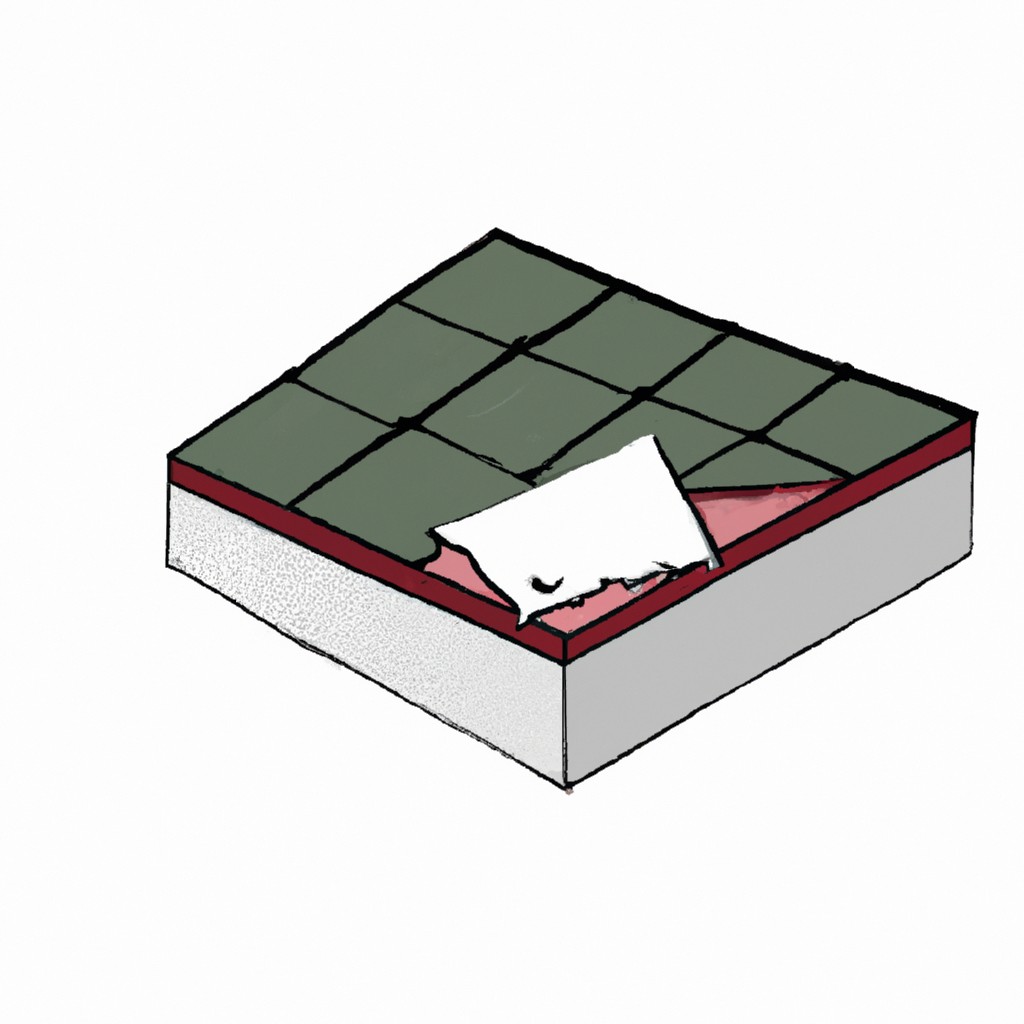Last updated on
This informative guide will aid in understanding the factors that determine how much weight a roof can safely support, offering valuable insights for homeowners or those involved in building construction.
Key takeaways:
- Dead loads include roofing materials and fixed structures.
- Live loads are variable and include people and temporary weight.
- Environmental loads include snow, ice, wind, and rainwater.
- Dead load is the weight of the roof structure and permanent fixtures.
- Live load capacities vary for residential and commercial structures.
Types of Loads

Dead loads refer to the permanent fixtures on your roof, including the roofing materials themselves and any fixed structures like dormers or vents. These are typically accounted for in the original design and are a consistent weight that the roof structure supports over time.
Live loads, on the other hand, are variable and can change. They include temporary or moving weight like people, equipment during roof maintenance, or furniture on roof decks. These weights are less predictable and can add stress to the roofing system.
Environmental loads cover weather-related factors such as snow, ice, or wind. These can significantly increase the weight burden on a roof. For example, the weight of fresh snow ranges from 3 to 21 pounds per cubic foot, depending on its water content, while packed snow can weigh much more.
Understanding these categories help in assessing overall roof strength, ensuring that weight limitations are respected and potential structural issues are avoided.
Dead Load
The dead load of a roof comprises the structural elements and any permanent fixtures. The weight of the rafters, trusses, decking, shingles, and underlying layers are all calculated during design to ensure stability.
Typically, building codes stipulate a minimum dead load capacity to guarantee safety and durability. Common materials have standard weights per square foot, enabling architects to factor in the dead load during the planning phase.
For instance, asphalt shingles weigh about 2-4 pounds per square foot, while heavier materials like slate can weigh upwards of 10 pounds per square foot.
Insulation, built-in components like HVAC systems, and solar panels are also considered part of the dead load, each contributing to the overall roof weight capacity.
It’s paramount that any modifications or upgrades, such as new roofing materials or adding solar panels, account for these changes in dead load to avert compromising the structural integrity.
Live Load
Live load refers to the temporary, dynamic weight a roof structure experiences. Unlike the constant pressure from the roof’s own materials, this type involves non-permanent forces: people conducting maintenance, furniture or equipment temporarily placed on the roof, and in some cases, accumulated snow or water.
Building codes often dictate minimum live load capacities, usually around 20 psf (pounds per square foot) for residential structures. However, for commercial or flat roofs where maintenance workers frequently move about, requirements are higher, often set at 30 psf or more.
It’s important to recognize that these loads are not uniform, with distribution affected by the location of the weight and the roof’s design. Always consult with a structural engineer before adding substantial weight to a roof to ensure it can handle the live load without compromising the structure.
Environmental Loads
Environmental loads encompass natural forces that exert pressure on a roof, impacting its overall weight capacity. These include:
- Snow and Ice: Accumulation can exert a significant load, with wet snow being especially heavy.
- Wind: High winds can create uplift and additional stress on roofing structures.
- Rainwater: Pooled water adds extra weight; a well-designed roof should facilitate proper drainage to alleviate this.
- Vegetation: Overgrowth, such as moss or hanging tree limbs, contributes additional weight and can retain moisture, further increasing the load.
Understanding these factors is pivotal when assessing the load-bearing capacity of roofing systems, as they can vary greatly with geographic location and climate. Regular maintenance is necessary to prevent environmental loads from surpassing the roof’s designed weight tolerance.
How Much Weight Can a Typical Roof Hold?
The weight a typical roof can support hinges on design, materials, and construction quality. Residential structures generally sustain about 20 pounds per square foot (psf) for dead loads with an additional 10 to 20 psf for live loads. The International Building Code specifies a minimum live load capacity of 30 psf for new constructions.
Engineered trusses and rafters can affect overall weight tolerance. Greater spacing between rafters may reduce capacity, while closer spacing can enhance it. Buildings in regions prone to heavy snowfall may be designed to accommodate higher loads, sometimes upwards of 40 psf or more for live loads to factor in snow weight.
Local building codes often dictate minimum requirements, influencing initial construction standards. Custom-built or architecturally significant roofs might exceed these standards, incorporating heavy materials like clay tiles or slate, which are factored into the dead load during design.
Understanding your roof’s capacity is crucial, especially when considering renovations or installations such as solar panels. Consulting with a structural engineer or roofing expert can provide specific insights tailored to your home’s individual characteristics.
FAQ
Can a roof hold a 300lb person?
Yes, a roof is typically designed to support a concentrated weight of 300lbs.
Can a roof hold my weight?
Yes, a roof can generally hold around 20 pounds per square foot, so whether it can hold your weight depends on your weight and the area of the roof you occupy.
Can a roof hold 200 pounds?
Yes, a structurally sound modern roof can typically withstand up to 200 pounds of live load per square foot.
Can rooftop decking support furniture weight?
Yes, rooftop decking can support furniture weight, provided the roof structure underneath is designed to bear the load.
What precautions should I take before installing a roof terrace?
Before installing a roof terrace, ensure the roof is structurally sound, acquire necessary permits, consult a professional roofer, and consider elements like proper drainage, material suitability, and safety measures.
How does weather impact the weight bearing capacity of a roof?
Weather conditions, particularly heavy snowfall or rainfall, can increase the weight load on a roof, potentially compromising its bearing capacity if it surpasses the design load.
Related
- How Much Snow Can a Roof Hold: Informative Guide for Understanding Roof Snow Load Capacity
- Building Trusses: Simple Steps and Techniques for Efficient Construction
- How Many Layers of Shingles Can You Put on a Roof? Understanding Roof Shingle Limits
- South Lake Tahoe Roof Collapse: Essential Guide & Prevention Tactics
- Attaching Patio Roof to Fascia: Step-by-Step How-to Guide

